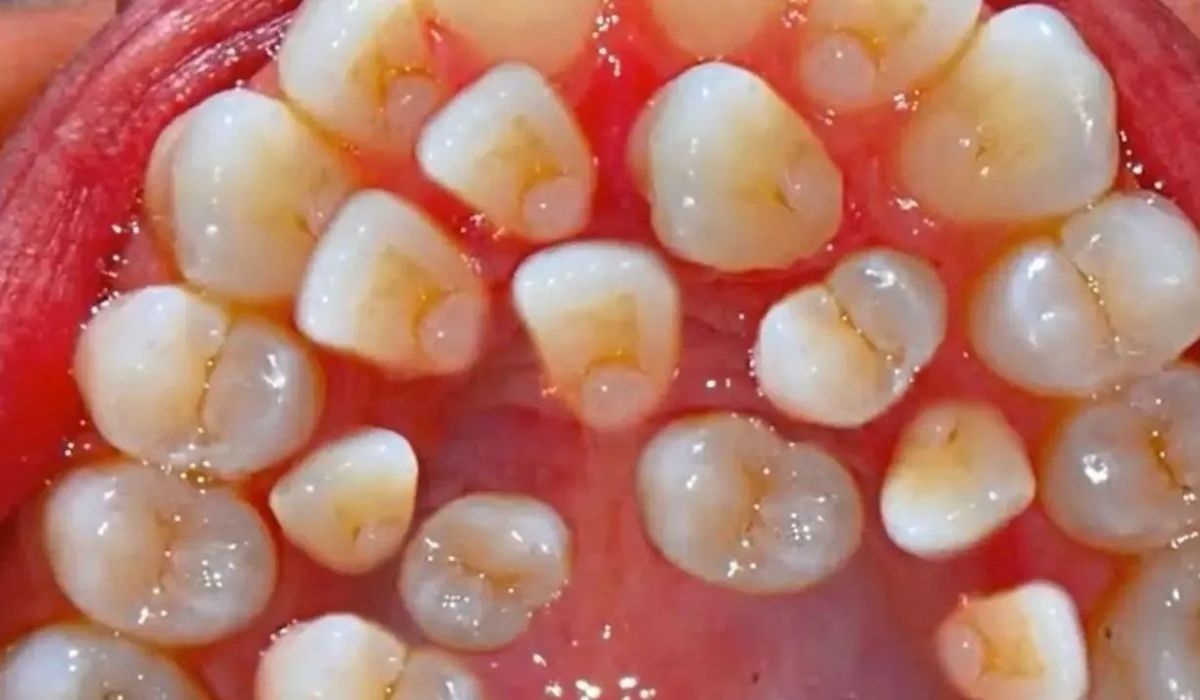
Hyperdontia is a condition where a person has extra teeth beyond the usual 20 primary or 32 permanent teeth. These additional teeth, known as supernumerary teeth, can appear anywhere in the dental arch and often cause crowding or alignment issues. Ever wondered why some people have more teeth than others? Genetics plays a significant role, but other factors can contribute too. Hyperdontia can affect anyone, regardless of age or gender, though it's more common in males. Treatment usually involves dental surgery to remove the extra teeth, especially if they cause discomfort or dental problems. Curious about the different types of hyperdontia or how it's diagnosed? Keep reading to uncover 25 fascinating facts about this unique dental condition!
What is Hyperdontia?
Hyperdontia is a condition where a person has extra teeth beyond the usual number. These extra teeth are called supernumerary teeth. Let's dive into some interesting facts about this dental anomaly.
-
Hyperdontia can affect both children and adults. It’s not limited to any specific age group.
-
The extra teeth can appear anywhere in the mouth, but they are most commonly found in the upper jaw.
-
Supernumerary teeth can be classified based on their shape. They can be conical, tuberculate, supplemental, or odontoma.
-
The exact cause of hyperdontia is still unknown. However, genetics is believed to play a significant role.
-
Hyperdontia is more common in males than females. The ratio is approximately 2:1.
Types of Supernumerary Teeth
Supernumerary teeth come in different types and shapes. Understanding these types can help in identifying and treating hyperdontia.
-
Conical supernumerary teeth are peg-shaped and are the most common type.
-
Tuberculate supernumerary teeth have multiple cusps and are barrel-shaped.
-
Supplemental supernumerary teeth resemble the normal teeth in shape and size.
-
Odontomas are complex formations that can contain multiple tooth-like structures.
-
Mesiodens is a specific type of supernumerary tooth that appears between the two upper front teeth.
Symptoms and Complications
Hyperdontia can lead to various symptoms and complications. Knowing these can help in early detection and treatment.
-
Crowding of teeth is a common symptom, leading to misalignment.
-
Delayed eruption of permanent teeth can occur due to the presence of supernumerary teeth.
-
Hyperdontia can cause discomfort or pain, especially if the extra teeth press against other teeth or gums.
-
In some cases, cysts or tumors can form around the supernumerary teeth.
-
Speech difficulties can arise if the extra teeth interfere with the normal alignment of the teeth.
Diagnosis and Treatment
Diagnosing and treating hyperdontia involves several steps. Early diagnosis can prevent complications.
-
Dental X-rays are commonly used to diagnose hyperdontia. They help in identifying the number and position of supernumerary teeth.
-
A clinical examination by a dentist is essential for a proper diagnosis.
-
In some cases, a CT scan may be required for a detailed view of the teeth and jaw.
-
Treatment usually involves the extraction of the supernumerary teeth. This is often done to prevent crowding and other complications.
-
Orthodontic treatment may be needed after extraction to correct any misalignment caused by the extra teeth.
Interesting Facts About Hyperdontia
Here are some lesser-known facts about hyperdontia that might surprise you.
-
Hyperdontia can occur in both primary (baby) teeth and permanent teeth.
-
The condition is often associated with certain genetic disorders, such as Gardner's syndrome and cleidocranial dysplasia.
-
In rare cases, people can have more than four extra teeth. This condition is known as multiple hyperdontia.
-
Supernumerary teeth can sometimes erupt in unusual places, such as the nasal cavity.
-
Despite being a dental anomaly, hyperdontia is usually not a serious health issue if treated properly.
Final Thoughts on Hyperdontia
Hyperdontia, a condition where extra teeth grow in the mouth, can be both fascinating and challenging. These extra teeth, known as supernumerary teeth, often appear in the upper jaw and can cause crowding or alignment issues. While some people might not even notice they have extra teeth, others may experience discomfort or dental problems. Treatment usually involves dental surgery to remove the extra teeth and ensure proper alignment. Regular dental check-ups are crucial for early detection and management of hyperdontia. Understanding this condition better helps in recognizing its symptoms and seeking timely treatment. Whether you're dealing with hyperdontia or just curious about it, knowing these facts can make a big difference. Stay informed, keep smiling, and don't hesitate to consult a dentist if you suspect any dental anomalies.
Was this page helpful?
Our commitment to delivering trustworthy and engaging content is at the heart of what we do. Each fact on our site is contributed by real users like you, bringing a wealth of diverse insights and information. To ensure the highest standards of accuracy and reliability, our dedicated editors meticulously review each submission. This process guarantees that the facts we share are not only fascinating but also credible. Trust in our commitment to quality and authenticity as you explore and learn with us.
